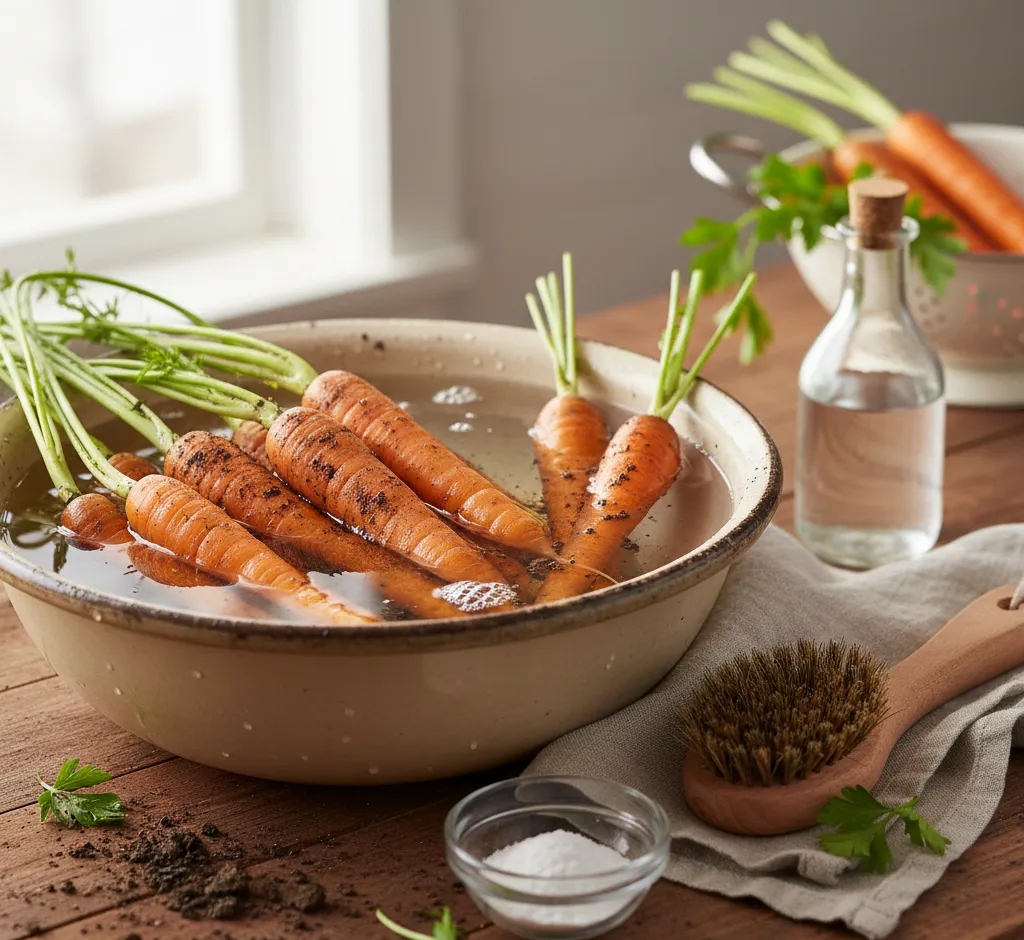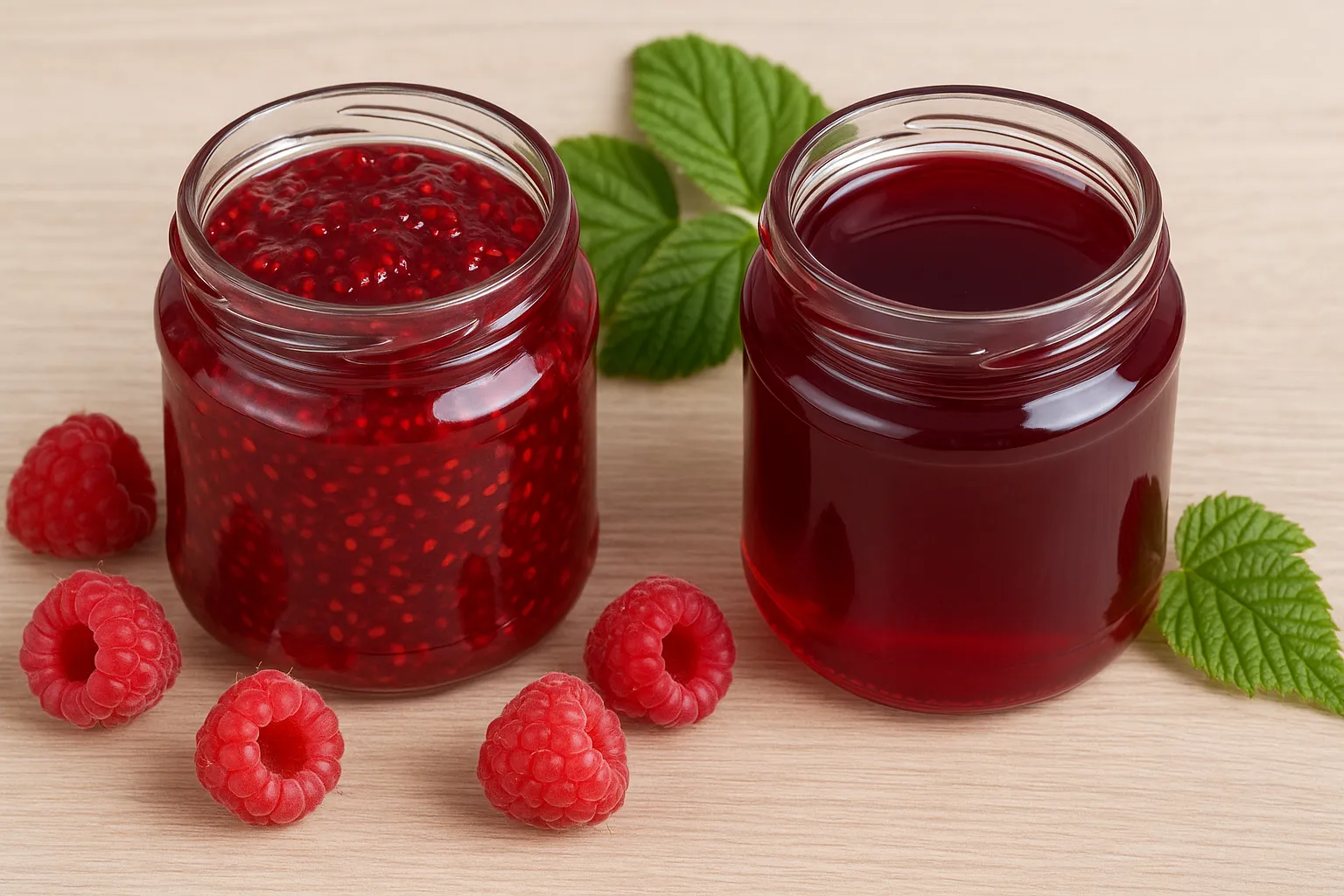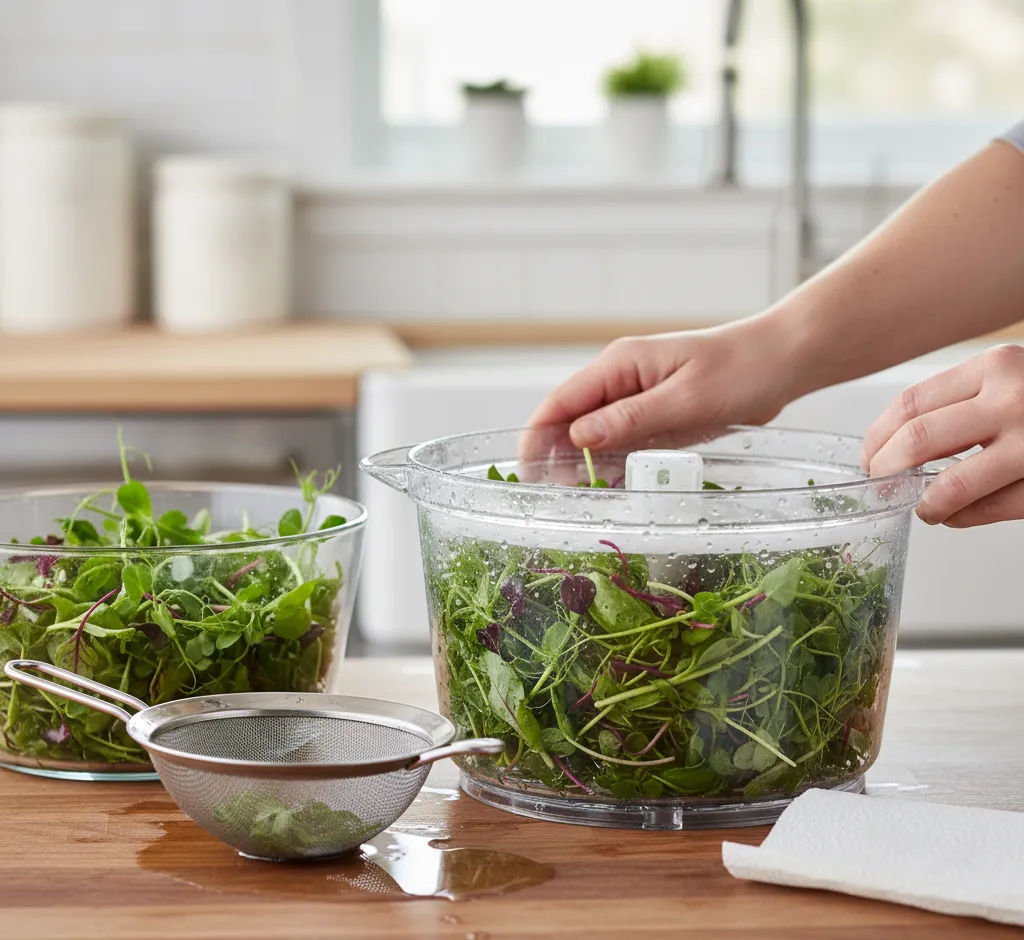The Ultimate Soak: How to Clean Dirty Carrots for Maximum Flavor and Safety
Ditch the grit! Learn the most effective soaking methods—including simple water, vinegar, and baking soda baths—to clean field-dirty carrots and other root vegetables safely, minimizing waste and maximizing nutrition.

🥕 The Secret to Squeaky-Clean Carrots: Choosing the Right Soak
Carrots, especially those fresh from the garden or a farmers' market, are often covered in heavy, tenacious soil. While the dirt is a sign of their earthy freshness, consuming that grit is neither enjoyable nor safe. Proper cleaning is essential, and for root vegetables, the right soaking method is the critical first step to getting them perfectly clean without sacrificing their nutritious, flavorful skin.
The Essential First Step: Pre-Soak and Initial Rinse
Before any scrubbing or specialized soaking begins, you need to remove the bulk of the soil. This prevents your main cleaning bath from becoming immediately contaminated, keeping the process efficient.
- The Quick Dunk: Fill a large basin or bucket with plain, cool water.
- The Agitation: Submerge the carrots and allow them to soak for 2-5 minutes. This allows the water to penetrate and loosen the hardened clay or soil clinging to the roots.
- Initial Rinse: Remove the carrots and rinse them individually under cool, running water. Use your hands to rub off the heaviest, visible clumps of dirt.
- The Pre-Scrape (Optional for Extremely Dirty Carrots): For carrots caked in thick, heavy soil, you can gently rub them together or use the back of a dull knife to scrape off the largest deposits before the main wash.
🔬 Method 1: The Simple Scrub (FDA Recommended Standard)
For store-bought or lightly soiled carrots, the most straightforward and universally recommended method is often enough.
The Process:
- Rinse: Hold the carrot under cool, running water.
- Scrub: Use a clean, firm-bristled vegetable brush to scrub the entire surface, paying close attention to the ridges and around the top where the greens were attached.
- Final Rinse: Give the carrot a final rinse until all visible dirt and residue are gone.
Why it works: The combination of cool, running water and mechanical friction is highly effective at removing surface dirt and most microorganisms.
✨ Method 2: The Baking Soda Power Soak
Baking soda (sodium bicarbonate) is a gentle abrasive and is known to be effective at helping to break down and remove waxy coatings and certain pesticide residues from produce skins.
The Process:
- The Solution: Mix 1 teaspoon of baking soda for every 2 cups (approx. 475 ml) of cool water in a clean bowl or sink. Stir until dissolved.
- The Soak: Submerge the pre-rinsed carrots completely. Allow them to soak for 12 to 15 minutes. Swish them around occasionally.
- The Scrub & Rinse: Remove the carrots and scrub them gently with a vegetable brush. Rinse thoroughly under cool, running water to remove all traces of the baking soda solution, which can leave a bitter residue if not washed off.
🍷 Method 3: The Diluted Vinegar Bath
Vinegar, due to its acetic acid content, possesses natural antibacterial properties that can help reduce bacteria on the surface of your produce. This is an excellent choice for an added layer of safety.
The Process:
- The Solution: Mix a solution of 1 part distilled white vinegar to 3 parts cool water (e.g., 1 cup vinegar to 3 cups water).
- The Soak: Submerge the pre-rinsed carrots for 5 to 10 minutes. Do not soak for too long, as the vinegar's acidity could slightly affect the texture.
- The Rinse: Rinse the carrots exceptionally well under cold, running water. This step is crucial to ensure there is no lingering vinegar taste on the finished vegetable.
📝 Key Food Safety and Storage Reminders
Do Not Use Soap or Detergent
Strong Warning: Never use dish soap, laundry detergent, or bleach to wash produce. Vegetables are porous and can absorb these chemicals, making them unsafe to eat. Stick to water, vinegar, or baking soda solutions.
Pat Dry Before Storing
Washing carrots right before use is best. If you must wash them ahead of time for meal prep, ensure they are completely dry before storing them. Excess moisture encourages bacteria and mold growth, which drastically reduces shelf life. Use a clean kitchen towel or paper towels to thoroughly dry each carrot.
Should You Peel? Retaining Nutrients vs. Removing Grime
The skin of a carrot contains a high concentration of nutrients. While peeling is the fastest way to guarantee the removal of all soil and blemishes, a thorough soak and scrub with a brush (using one of the methods above) allows you to confidently consume the skin, maximizing the carrot's nutritional value and flavor. Choose to peel only if the carrots are excessively scarred or the dirt is impossible to remove entirely from the crevices.


